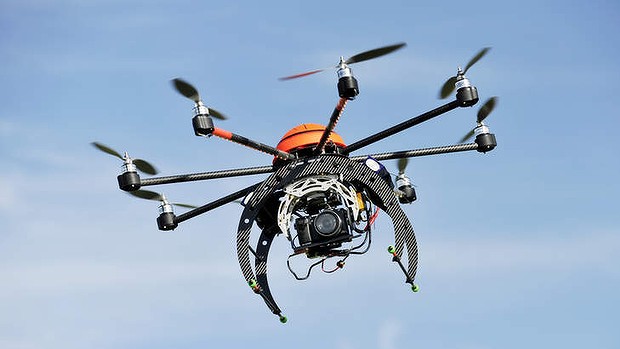
They have been the subject of science fiction for decades, but drones are arriving on our shores in ever-increasing numbers. As the purposes they may be used for continues to increase, it is clear they will change our lives beyond ways of which we have yet thought.
Flight of the drone
Much exciting work is being done in the world of civil drones. The ramifications of drone technology include obvious impacts on security, travel and construction – but even on architecture, agriculture and fisheries. Some examples include:
- How they will reshape our cities.
- One company has produced an imitation falcon drone – which flies by flapping its wings – to scare off flocks of nuisance birds.
- In February, Uber demonstrated the first successful flight of its electric vertical take-off and landing (eVTOL) autonomous drone, and has been putting increasing effort into publicising the flying taxi concept.
Technology exists, or is on the threshold of existence, to achieve this. Yet for the predictions to come true there has to be public enthusiasm and political support for the development of drones, with confidence in their regulation for safe use. What we want to see is a solid yet flexible regulatory framework, allowing drones to grow while ensuring that personal safety is paramount.
Ongoing regulatory work continues, with NATS publishing a safety app which can be used to provide an interactive map of commercial airspace for drone users. The UK government is planning to publish a draft drone bill this year, to ensure safety is maintained by operators and that authorities have sufficient powers of regulation.
Future of urban transport
ADS has just created a special interest group on Urban Air Transport (UAT) to reflect the growing interest in the sector. This is a development of the drone concept – a drone in itself is merely a piece of technology. Its use in an integrated system, on the other hand, is a far greater step forward.
Like the difference between the invention of the internet, and of the World-Wide-Web, technology enables the platform which then has direct effect on how people live their lives. Drone technology, autonomous and scaled-up, combined with other developments such as efficient electric aerospace engines, will open the door to a myriad of future possibilities across the fields of human endeavour.
To cope with this changing landscape, sophisticated air traffic management systems are required. Modernisation of the UK’s airspace, referenced in the UK’s Aviation Strategy, will be necessary to achieve success in this growth sector. This is being developed through Project Chatham, to increase knowledge of the airspace environment among both drone users and manufacturers, and ultimately form part of an air traffic management system for autonomous aircraft.
We have a great opportunity here in the UK to become a world-leader in the future of the drone technology and regulation. London’s skies are one of the most complicated airspaces in the world. Yet if we can find the key to unlocking them for the safe and sustainable use of drones, then London would have arrived as a city of the future.





